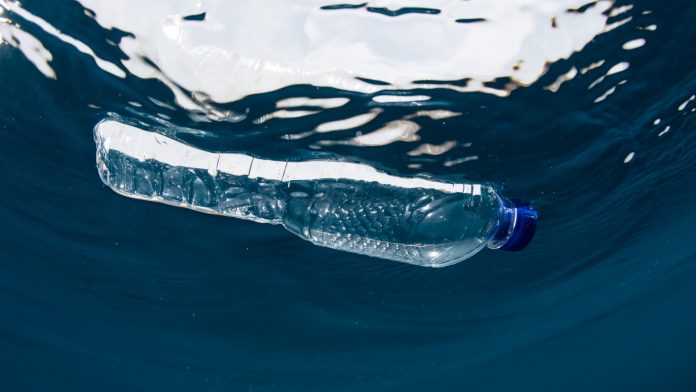Researchers from Osaka University have developed a high strength, water resistant marine biodegradable plastics from starch and cellulose.
Marine biodegradable plastics have previously been developed; however, these are categorised as aliphatic polyesters which are poor quality compared to conventional plastics like polyethylene and polypropylene. Aliphatic polyesters are only producible in low yields at more than twice the cost of conventional plastics.
A research group led by Associate Professor Taka-Aki Asoh and Professor Hiroshi Uyama of the Graduate School of Engineering, Osaka University, has combined biomasses starch, the main component of the carbohydrates found in vegetables, and cellulose, commonly known as cotton fibre, to develop a marine biodegradable plastic. Using their unique technology, researchers significantly improved the water-resistance of starch. The resultant composite sheet material demonstrated excellent water-resistance and high strength in addition to its high levels of biodegradability in seawater.
“Our material will help solve the growing global problem of marine debris”
This product is expected to contribute significantly to the reduction of new plastics dumped in our oceans, whilst also promoting a more efficient and sustainable material cycling process reducing greenhouse gases and potentially enabling the realisation of global sustainability goals.
Associate Professor Asoh said, “Since we were able to develop a marine biodegradable plastic sheet by combining familiar materials such as starch and cellulose, because these materials are cheap, and the manufacturing process is simple, we can expect that the developed material will be put to practical use soon. We have great expectations that our material will help solve the growing global problem of marine debris accumulation and have a major societal impact.”
Professor Uyama added, “The effective use of low-cost biomass, which is what is afforded by our technique, will lead to a reduction in greenhouse gas (e.g., CO2) emissions, thereby positioning this technology among the key environmental technologies emerging from Japan for the ratification of the Paris agreement.”









